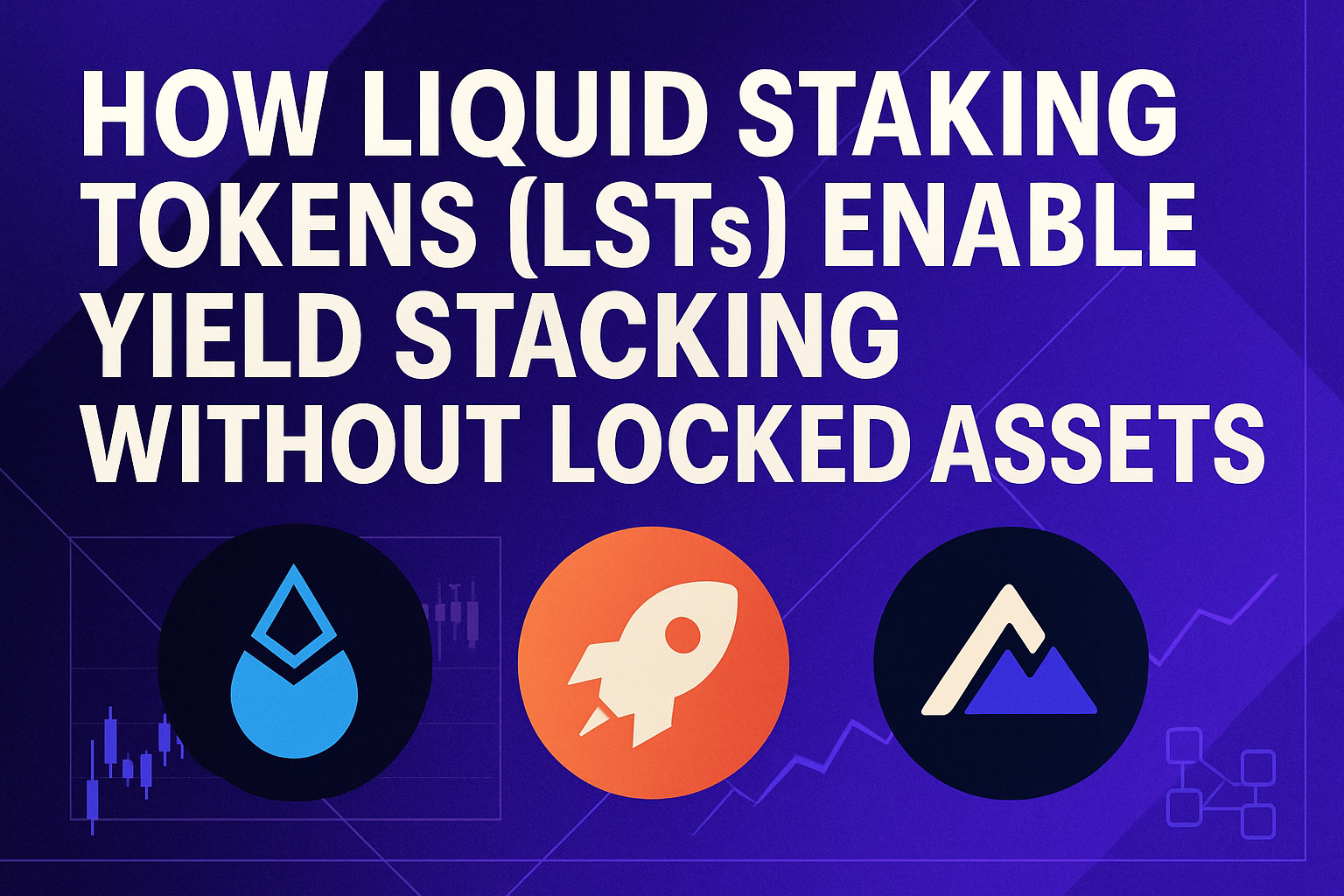
Ethereum’s DeFi landscape is evolving rapidly, and the Restake Loop Strategy is at the bleeding edge for yield optimization. With ETH trading at $3,599.69, sophisticated investors are stacking yields by combining liquid staking, restaking via EigenLayer, and advanced yield tokenization on Pendle. This isn’t just about earning passive income – it’s about compounding multiple rewards streams to maximize every wei of ETH you own.
Unpacking the Restake Loop: How Yield Stacking Works in 2025
The Restake Loop Strategy leverages the composability of DeFi protocols to create a powerful feedback loop for ETH yield. Here’s how it works step-by-step:
- Liquid Staking with Ether. fi: Stake your ETH on Ether. fi to receive eETH, a liquid staking token that accrues Ethereum staking rewards while maintaining liquidity.
- Restaking via EigenLayer: Use eETH to restake through EigenLayer, securing additional decentralized services and earning extra AVS rewards.
- Yield Tokenization with Pendle: Deposit your eETH into Pendle Finance. This splits your position into Principal Tokens (PT) and Yield Tokens (YT), enabling you to trade or farm each component independently.
- Leveraged Yield Farming: Accumulate more YT if you’re bullish on future yields, gaining leveraged exposure to staking rewards and protocol points.
This approach amplifies returns by layering incentives from multiple protocols. For a deep dive into liquid staking mechanics, check out our analysis on double yield loops in DeFi.
Why Liquid Restaking Is Gaining Momentum
The explosive growth of protocols like Renzo and EigenLayer highlights investor appetite for advanced ETH strategies. Renzo’s ezETH – an auto-compounding liquid restaking token – surged past $3.3 billion in TVL during 2024 as users sought stacked rewards from both Ethereum consensus and EigenLayer’s AVS ecosystem. With new restaking primitives launching monthly, competition for yield has never been fiercer.
Pendle Finance takes this further by letting users tokenize their future yields – unlocking fixed-rate opportunities or leveraged exposure depending on your risk appetite. This composability is what makes the Restake Loop so compelling for active DeFi participants.
Pendle Yield Tokenization: Turbocharging Your ETH Returns
Pendle’s model is simple but powerful: deposit your eETH (or ezETH from Renzo) and receive PT (principal) and YT (yield) tokens. You can sell PT to lock in fixed returns or buy more YT if you expect higher future yields. The result? Flexible strategies that adapt to market conditions while maximizing points accumulation across Ether. fi, EigenLayer, and Pendle itself.
This is ideal for users seeking dynamic exposure as well as those who want predictable income regardless of market swings. If you want to see how these strategies compare across major protocols like Lido stETH or other LSTs, our comprehensive guide on maximizing ETH staking yields with LSTs breaks down the numbers.
Ethereum Technical Analysis Chart
Analysis by Martin Beckett | Symbol: BINANCE:ETHUSDT | Interval: 4h | Drawings: 6
Technical Analysis Summary
Draw a dominant downtrend trend line from the early October high near $4,850 to the latest November low around $3,570. Mark key horizontal support at $3,570 and resistance at $3,900, $4,100, and $4,300. Highlight a consolidation range from October 13th to October 28th between $3,900 and $4,200. Annotate probable breakdown at the start of November as a critical event. Use rectangles to highlight accumulation attempts around $3,570–$3,650 and distribution above $4,100. Mark aggressive entry zones near $3,570–$3,620 and exit targets at $3,900 and a stop loss below $3,560, keeping risk high but reward favorable for swing setups.
Risk Assessment: high
Analysis: Momentum is negative, trend is down, but volatility and liquidity flushes create outsized swing opportunities. Strong risk management is critical with tight stops.
Martin Beckett’s Recommendation: Take aggressive contrarian long shots in $3,570–$3,620 area with tight stop loss; scale profits at $3,900 and $4,100. Do not chase breakdowns, but be ready to flip short if $3,560 fails decisively.
Key Support & Resistance Levels
📈 Support Levels:
-
$3,570 – Recent local low, high-volume stop-hunt zone
strong -
$3,650 – Intraday wick support, possible bounce area
moderate
📉 Resistance Levels:
-
$3,900 – Previous breakdown level, initial upside target
moderate -
$4,100 – Range resistance from late October
strong -
$4,300 – Major structural resistance from earlier in the trend
strong
Trading Zones (high risk tolerance)
🎯 Entry Zones:
-
$3,610 – Aggressive bounce play after major flush; risk-on contrarian long
high risk -
$3,570 – Last-ditch liquidity grab, classic swing entry if defended
high risk
🚪 Exit Zones:
-
$3,900 – First resistance, logical profit target for bounce play
💰 profit target -
$4,100 – Upper range resistance for stretched move
💰 profit target -
$3,560 – Stop loss if breakdown accelerates
🛡️ stop loss
Technical Indicators Analysis
📊 Volume Analysis:
Pattern: Not visible on this chart, but anticipate spike on latest flush; would use callout to mark capitulation volume bar if shown.
Volume likely peaked on last sell-off, suggest exhaustion potential.
📈 MACD Analysis:
Signal: MACD likely deeply oversold, but not visible. Would watch for bullish cross as confirmation for mean reversion.
Momentum heavily negative; look for first positive cross for confirmation.
Applied TradingView Drawing Utilities
This chart analysis utilizes the following professional drawing tools:
Disclaimer: This technical analysis by Martin Beckett is for educational purposes only and should not be considered as financial advice.
Trading involves risk, and you should always do your own research before making investment decisions.
Past performance does not guarantee future results. The analysis reflects the author’s personal methodology and risk tolerance (high).
Current Market Data: Comparing Protocol Performance at $3,599.69
The numbers don’t lie – capital efficiency is king in today’s market environment. Let’s compare recent performance metrics for Ether. fi eETH, Renzo ezETH, and Lido stETH against native ETH at its current price point:
6-Month Price Comparison: ETH, Liquid Staking Derivatives, and Major Crypto Assets
Performance of Ethereum, its liquid staking derivatives, and related assets over the past 6 months (as of 2025-11-03)
| Asset | Current Price | 6 Months Ago | Price Change |
|---|---|---|---|
| Ethereum (ETH) | $3,613.65 | $3,908.28 | -7.5% |
| ether.fi Staked ETH (eETH) | $3,608.64 | $3,908.28 | -7.7% |
| Renzo Restaked ETH (ezETH) | $3,837.60 | $3,908.28 | -1.8% |
| Lido Staked Ether (stETH) | $3,611.06 | $3,908.28 | -7.6% |
| Bitcoin (BTC) | $106,182.00 | $96,000.00 | +10.2% |
| Pendle (PENDLE) | $2.71 | $2.50 | +8.4% |
| Rocket Pool ETH (rETH) | $4,151.40 | $3,908.28 | +6.2% |
| Coinbase Wrapped Staked ETH (cbETH) | $3,968.37 | $3,908.28 | +1.5% |
Analysis Summary
Over the past 6 months, Ethereum and its major liquid staking derivatives (eETH, stETH) have experienced modest declines in price, while restaked and wrapped variants like ezETH, rETH, and cbETH have shown relative resilience or even gains. Bitcoin and Pendle have notably outperformed ETH and its derivatives during this period.
Key Insights
- Ethereum (ETH) and its primary liquid staking tokens (eETH, stETH) all declined by roughly 7.5% to 7.7% over 6 months.
- Renzo Restaked ETH (ezETH) showed the smallest decline among ETH derivatives, down only 1.8%.
- Rocket Pool ETH (rETH) and Coinbase Wrapped Staked ETH (cbETH) both posted positive 6-month returns (+6.2% and +1.5%, respectively).
- Bitcoin (BTC) outperformed all ETH-related assets, gaining 10.2% over the same period.
- Pendle (PENDLE), relevant for yield tokenization, also saw strong growth (+8.4%).
All price data is sourced directly from the provided real-time market feeds as of 2025-11-03. The table compares current prices to those from exactly 6 months prior, calculating the percentage change to illustrate 6-month performance for each asset.
Data Sources:
- Main Asset: https://www.investing.com/crypto/ethereum/eth-usd-historical-data
- ether.fi Staked ETH: https://www.investing.com/crypto/ethereum/eth-usd-historical-data
- Renzo Restaked ETH: https://www.investing.com/crypto/ethereum/eth-usd-historical-data
- Lido Staked Ether: https://www.investing.com/crypto/ethereum/eth-usd-historical-data
- Bitcoin: https://cryptoprices.live/en/currencies/bitcoin
- Pendle: https://www.investing.com/crypto/pendle/pendle-usd-historical-data
- Rocket Pool ETH: https://www.investing.com/crypto/ethereum/eth-usd-historical-data
- Coinbase Wrapped Staked ETH: https://www.investing.com/crypto/ethereum/eth-usd-historical-data
Disclaimer: Cryptocurrency prices are highly volatile and subject to market fluctuations. The data presented is for informational purposes only and should not be considered as investment advice. Always do your own research before making investment decisions.
Ethereum (ETH) Price Prediction Table: 2026-2031
Professional Forecast Based on Restake Loop Strategy Adoption, DeFi Yield Trends, and Market Analysis
| Year | Minimum Price | Average Price | Maximum Price | % Change (Avg YoY) | Market Scenario Insight |
|---|---|---|---|---|---|
| 2026 | $3,200 | $4,100 | $5,500 | +14% | Gradual recovery post-2025 correction; DeFi restaking adoption drives renewed growth |
| 2027 | $3,800 | $4,900 | $6,700 | +20% | Layer-2 scaling, regulatory clarity, and restaking protocols see mainstream adoption |
| 2028 | $4,600 | $5,800 | $8,000 | +18% | ETH benefits from increased institutional DeFi participation; Pendle and EigenLayer expand |
| 2029 | $5,200 | $6,900 | $9,500 | +19% | Bullish market cycle; ETH solidifies as DeFi backbone, but faces competition from new L1s |
| 2030 | $5,800 | $8,100 | $11,200 | +17% | ETH upgrades, robust DeFi composability, and real-world asset tokenization boost demand |
| 2031 | $6,400 | $9,300 | $13,000 | +15% | Mature DeFi ecosystem; ETH remains dominant, but growth moderates amid global regulation |
Price Prediction Summary
Ethereum is positioned for steady growth through 2031, fueled by the adoption of advanced DeFi strategies like the Restake Loop (liquid staking, restaking, and yield tokenization). While volatility and competition will persist, ETH’s role as the core DeFi asset and its integration with protocols such as EigenLayer, Renzo, and Pendle support a progressive price outlook. Expect average annual price growth of 15-20% as restaking and yield optimization become mainstream, balanced by periodic corrections and evolving regulatory landscapes.
Key Factors Affecting Ethereum Price
- Adoption of liquid restaking and advanced DeFi strategies (e.g., Pendle, Renzo, EigenLayer)
- Ethereum network upgrades and scalability improvements
- Institutional and retail adoption of DeFi yield products
- Regulatory clarity on staking, restaking, and yield tokenization
- Competition from emerging Layer-1 and Layer-2 protocols
- Macro market cycles and global economic conditions
- Smart contract and protocol security developments
Disclaimer: Cryptocurrency price predictions are speculative and based on current market analysis.
Actual prices may vary significantly due to market volatility, regulatory changes, and other factors.
Always do your own research before making investment decisions.
The data-driven reality? Advanced users who leverage all three layers – staking and restaking and tokenization – consistently outperform basic holders or single-layer stakers over medium-term horizons.
But yield isn’t the only factor. Risk management is critical when running the Restake Loop Strategy. Each additional protocol introduces new smart contract risk, and leveraged positions can be liquidated if underlying token prices or yields move sharply. Stay vigilant with position sizing and always monitor protocol health dashboards for real-time alerts.

Mitigating Risks: A Practical Checklist for Yield Stackers
Smart traders use a disciplined approach to manage downside while chasing higher returns. Here’s a quick checklist to keep your strategy robust:
If you’re new to these strategies, start small. Test with limited capital before scaling up your positions. Diversify across multiple LSTs (like stETH, eETH, ezETH) and always review best practices for DeFi yield stacking before deploying significant funds.
Community Insights: What DeFi Power Users Are Saying
The Lstfi community has seen a surge in users discussing restaking loops as a core part of their ETH yield optimization playbook. Many are leveraging Renzo’s ezETH or Ether. fi’s eETH as collateral across multiple protocols, compounding rewards while accumulating EigenLayer and protocol-specific points.
One recurring theme? The flexibility of Pendle’s yield tokenization is a game changer for both fixed-income seekers and aggressive point farmers. As one user put it:
“Pendle lets me lock in my rewards or double down on future APY – all without ever unwrapping my ETH. ”
Where Does This Go Next?
Looking ahead, the next evolution will be even deeper integrations between LST protocols, restaking layers, and DeFi aggregators like Factor. fi that automate compounding across platforms. Expect more composable products that abstract away complexity but deliver even higher net yields to end users.
The bottom line: As Ethereum holds strong at $3,599.69, those willing to master advanced strategies like the Restake Loop are set to capture outsized returns versus passive holders. But success hinges on understanding both the upside and risks at every step.
Pro Tips for Maximizing ETH Yield with Restake Loops
-
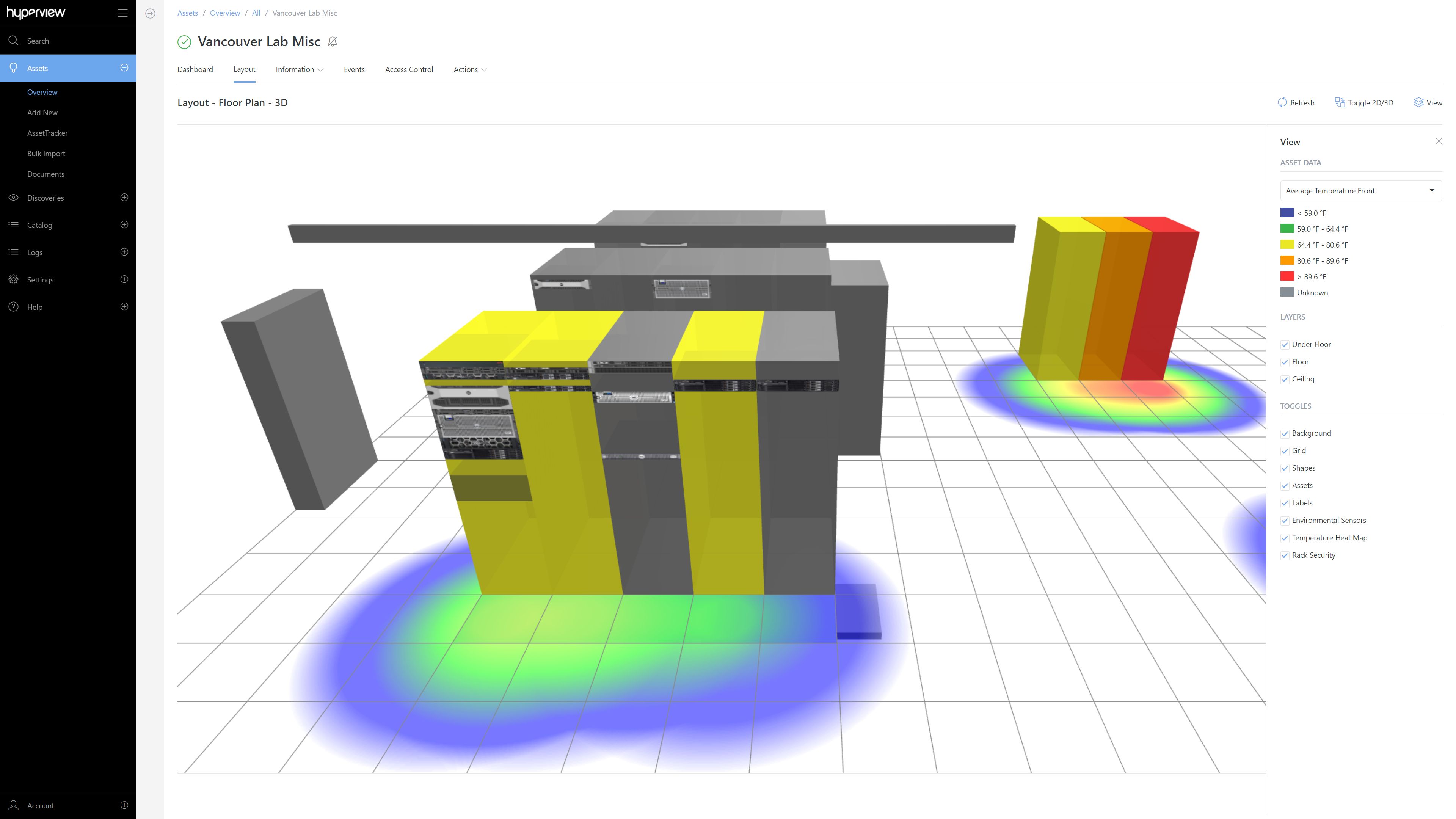
Auto-Compound with Factor.fi: Use Factor.fi to auto-compound ezETH and Pendle yields. This stacks rewards from multiple protocols, boosting your ETH returns without manual intervention.
-
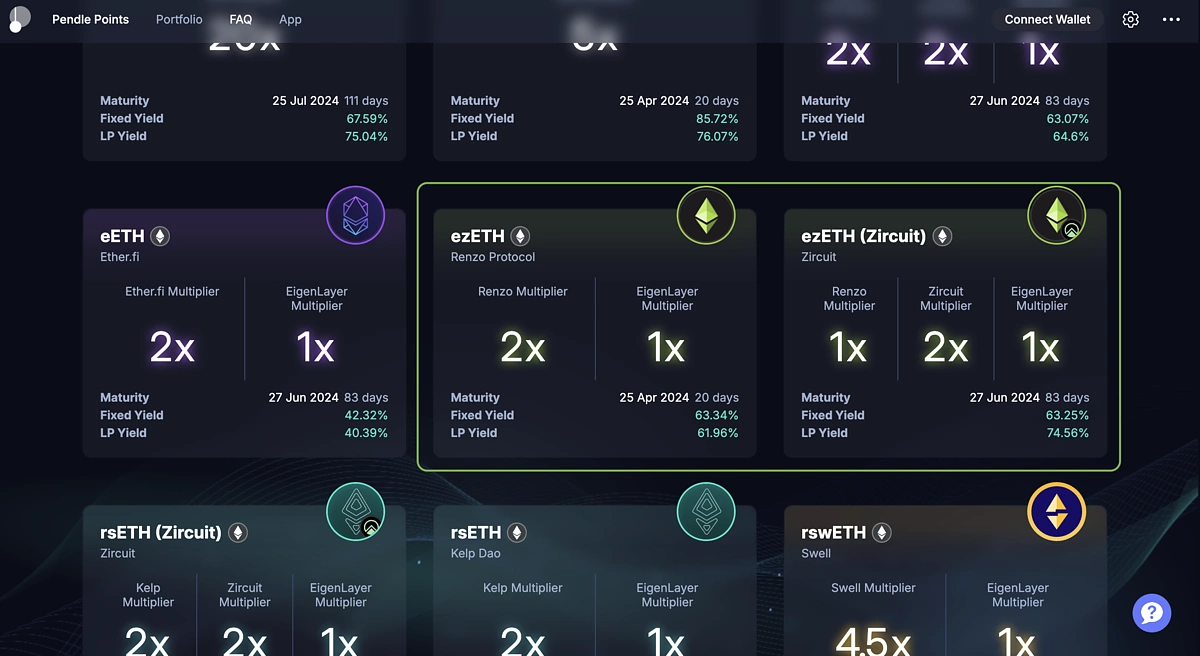
Leverage Renzo’s ezETH for Restaking: Stake ETH or stETH with Renzo to receive ezETH, a liquid restaking token. ezETH lets you earn EigenLayer and Renzo rewards while maintaining liquidity.
-
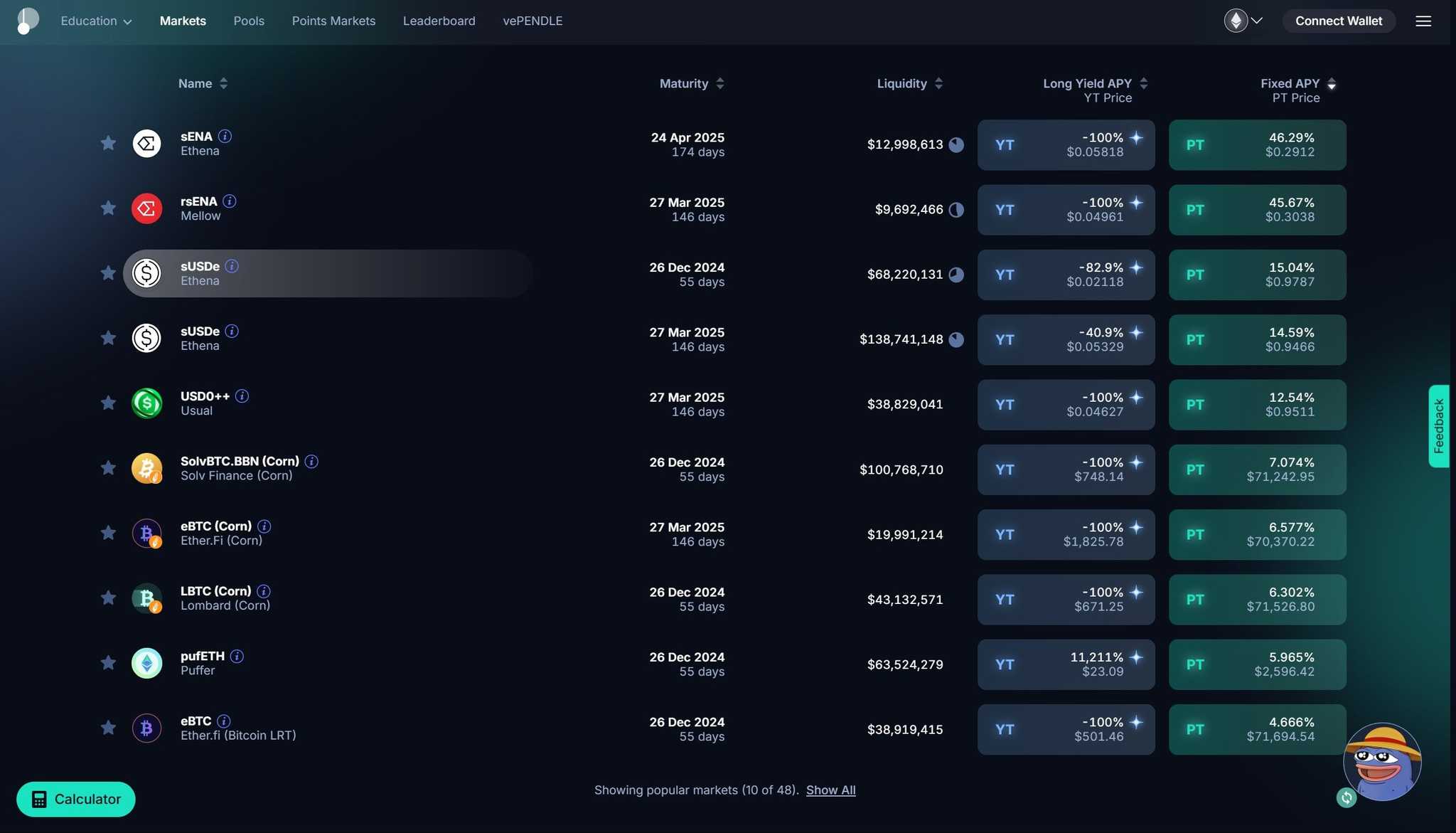
Tokenize Yield with Pendle: Deposit eETH or ezETH into Pendle to split your assets into Principal Tokens (PT) and Yield Tokens (YT), enabling fixed or variable yield strategies and advanced trading.
-

Accelerate Points with YT Strategies: Buy additional Yield Tokens (YT) on Pendle if bullish on future yields. This amplifies exposure to staking, EigenLayer, and platform loyalty points, maximizing rewards per ETH.
-
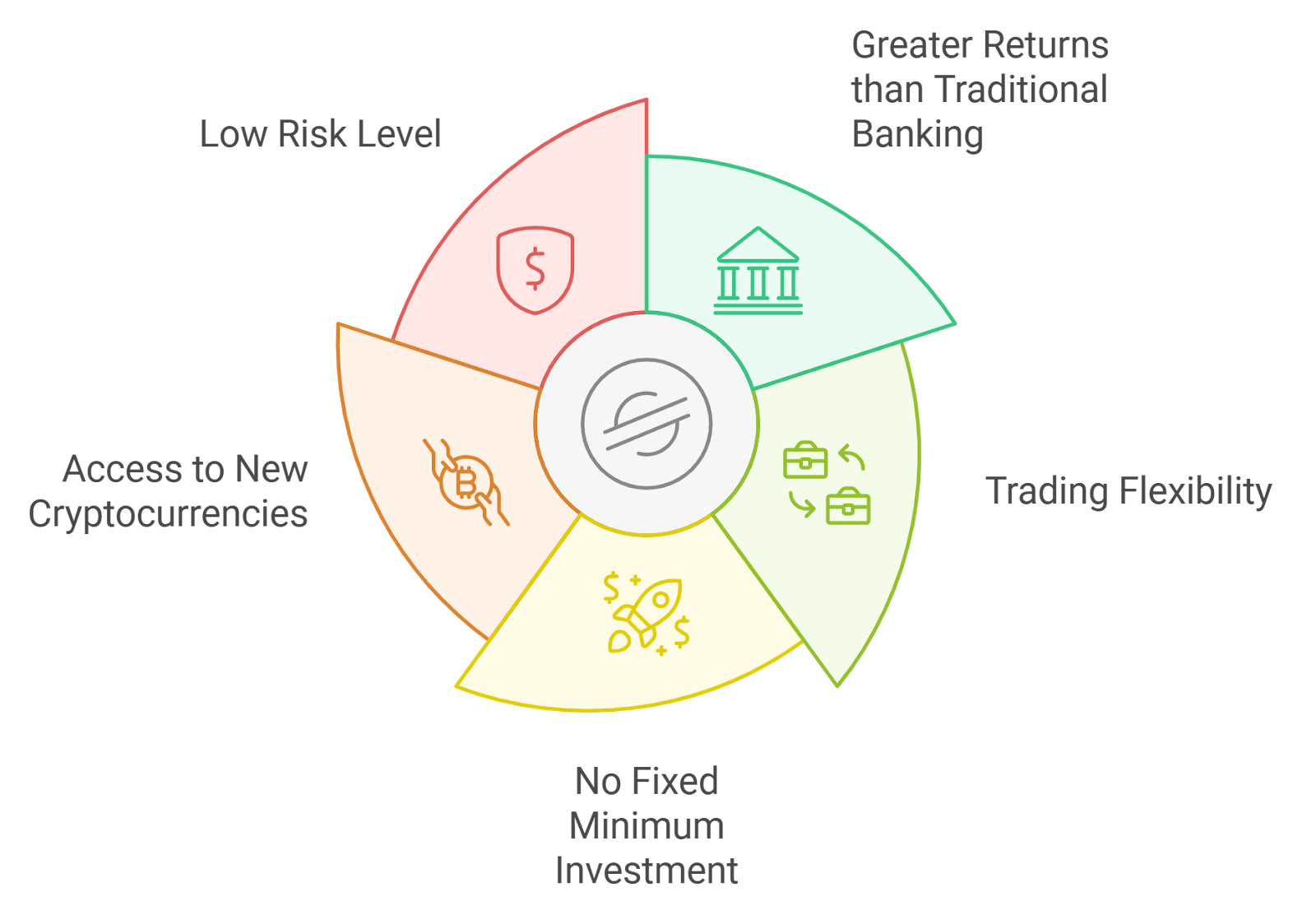
Monitor Smart Contract & Liquidation Risks: Always assess the risks of smart contracts and leverage. Use reputable DeFi analytics tools to track protocol health and avoid overexposure to market volatility.
If you’re ready to dive deeper into layered ETH strategies or want actionable guides for maximizing your staking stack, explore our resources on maximizing ETH yield with liquid staking tokens in DeFi platforms.



